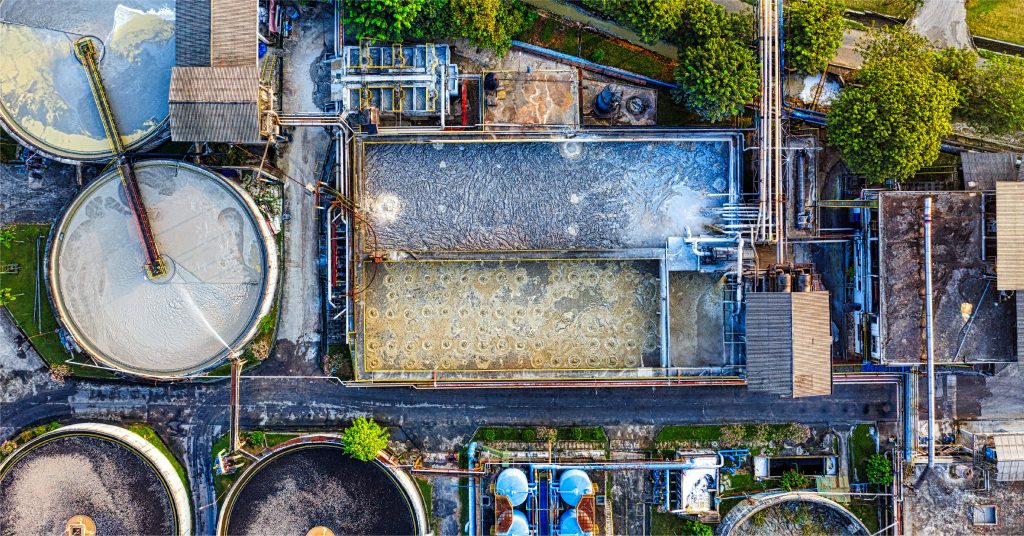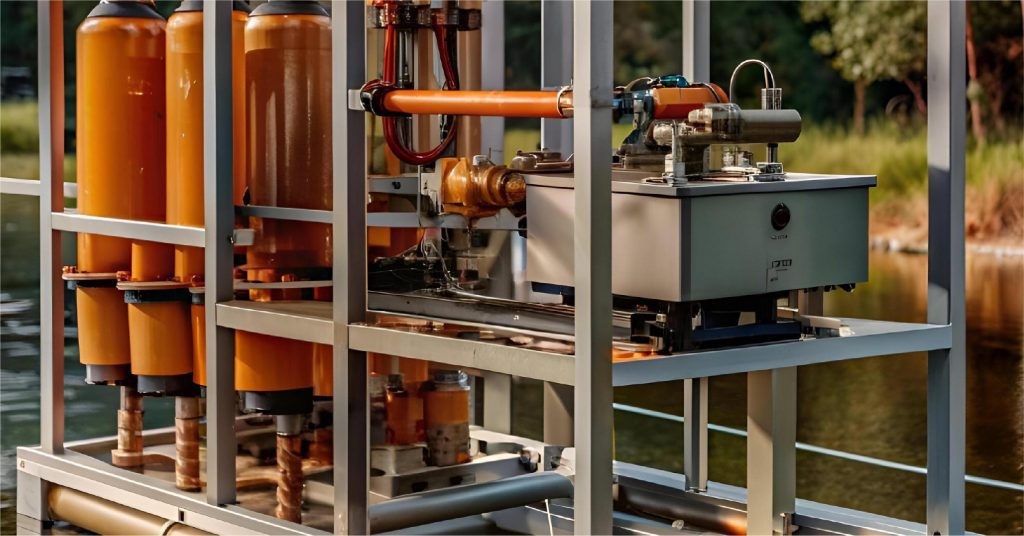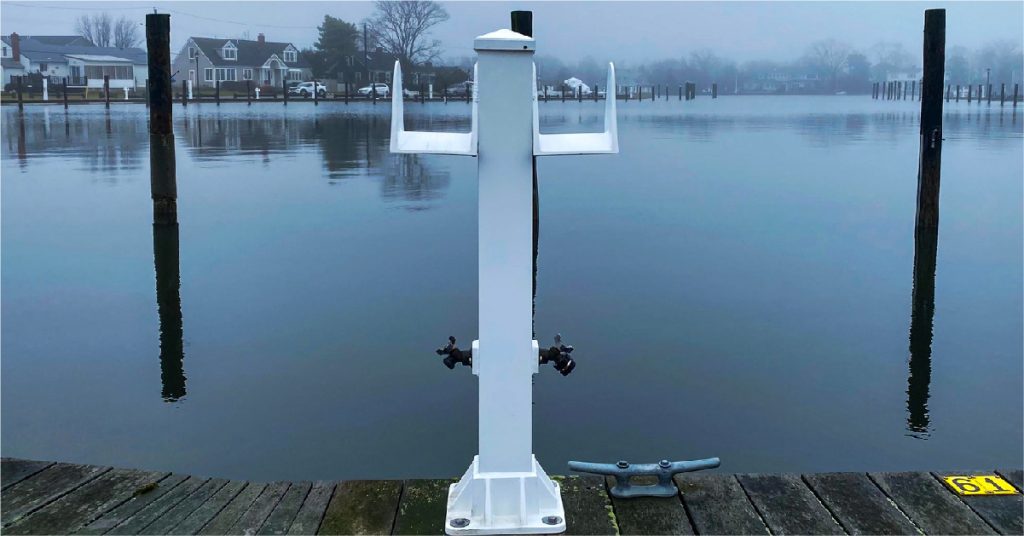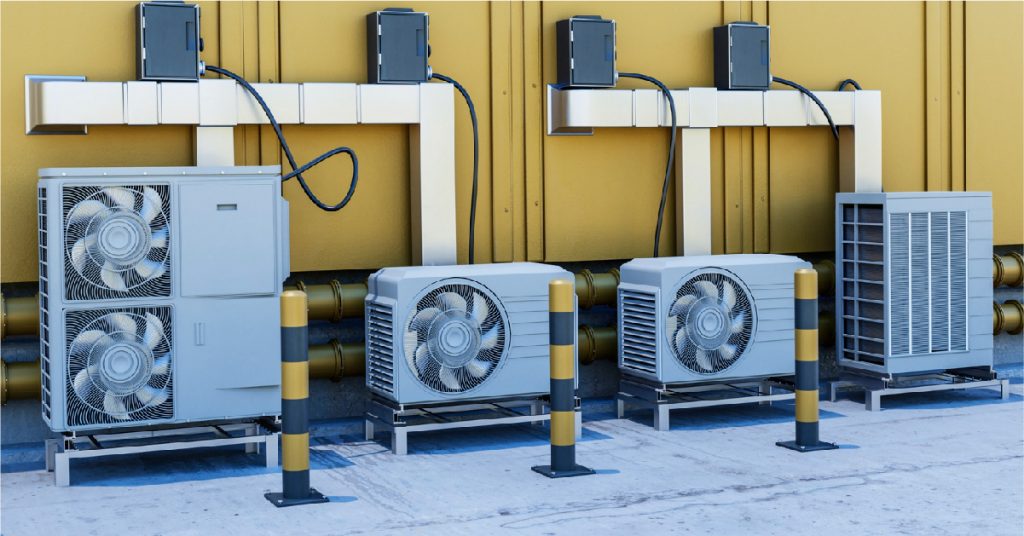Industrial effluent refers to wastewater generated from industrial processes that contain pollutants harmful to the environment and public health. It is crucial to manage and treat industrial effluent effectively to prevent contamination of natural water bodies and adhere to regulatory standards.
What is Industrial Effluent?
Effluent is liquid waste or sewage discharged into a river or the sea. In an industrial context, effluent is the outflowing of water or gas to a natural body of water from a structure such as a wastewater treatment plant, sewer pipe, or industrial outfall. It often contains a variety of pollutants, including chemicals, heavy metals, organic matter, and pathogens, depending on the nature of the industrial activities.
The treatment of industrial effluent is essential to remove contaminants and pollutants before the wastewater is released into the environment. Effluent management encompasses the collection, treatment, and disposal of wastewater generated by industrial activities. Effective effluent management minimizes the environmental impact, safeguards public health, and helps industries comply with legal requirements.
Untreated industrial effluent can cause significant damage to the environment. It can lead to water pollution, harming aquatic life, disrupting ecosystems, and contaminating drinking water sources. Additionally, pollutants in effluent can pose serious health risks to humans, including respiratory issues, skin conditions, and other illnesses.
Understanding Components & Strategies of an Effluent System
Effluent Management Components
- Collection: Gathering wastewater from various sources within the industry.
- Transport: Moving the effluent to the treatment facility.
- Treatment: Processes to remove contaminants.
- Effluent Storage Tank: Temporary holding of treated or untreated effluent before further treatment or disposal.
- Discharge: Releasing treated effluent into the environment or reusing it within industrial processes.
Effluent Management Strategies
Primary Treatment Methods
Primary treatment involves the initial stages of effluent treatment aimed at removing large particles and solids from the wastewater.
- Screening: Removing large debris and particles.
- Sedimentation: Allowing suspended solids to settle.
- Chemical Coagulation and Flocculation: Adding chemicals to facilitate the aggregation and removal of fine particles.
Secondary Treatment Methods
Secondary treatment focuses on biological processes to degrade organic matter and further reduce pollutant levels.
- Biological Treatment: Utilizing microorganisms to break down organic pollutants.
- Aerobic Processes: Using oxygen-dependent bacteria.
- Anaerobic Processes: Using bacteria that thrive in oxygen-free environments.
- Advanced Oxidation Processes: Chemical treatments to remove organic contaminants.
Tertiary Treatment Methods
Tertiary treatment is the final stage, aiming to polish the effluent and remove remaining contaminants to meet high water quality standards.
- Filtration: Removing fine particles using sand or membrane filters.
- Adsorption: Using activated carbon to remove organic compounds.
- Disinfection: Killing or inactivating pathogens through chlorination, UV radiation, or ozonation.
- Membrane Technologies: Advanced filtration processes like reverse osmosis to remove dissolved solids.
Effluent Water Quality Standards and Compliance
Effluent water quality standards are set by regulatory bodies to ensure that treated wastewater discharged into the environment does not harm public health or ecosystems. These standards specify acceptable limits for various pollutants, including biochemical oxygen demand (BOD), chemical oxygen demand (COD), total suspended solids (TSS), pH, and specific contaminants like heavy metals.
Compliance with these standards is achieved through regular effluent sampling and monitoring. Effluent sampling involves collecting samples of wastewater at different stages of treatment to analyze pollutant levels. Monitoring helps industries ensure their treatment processes are effective and that their effluent meets regulatory requirements.
Role of Ion Exchange in Treating Industrial Effluent in Wastewater
Advanced Oxidation Process
INDION TADOX
The INDION TADOX process is a cutting-edge innovation for treating complex industrial and municipal wastewater. This Advanced Oxidation Process (AOP) utilizes a patented photocatalysis technique for oxidative degradation and mineralization of pollutants, effectively removing color, dissolved organics, and recalcitrant organics (RCOD) from wastewater streams. INDION TADOX offers flexibility by integrating at either the secondary treatment stage or the pre-biological stage. It also employs novel approaches to reduce chemical usage, minimize sludge production, prevent secondary pollution, and decrease the burden on downstream tertiary treatment. As a retrofittable and integrated solution, it delivers high-efficiency treatment with significant reductions in CAPEX and OPEX by 30-40%, providing excellent water quality in a clean and green manner.
CLARIFIERS
INDION UHRSCC
The INDION UHRSCC is a compact, efficient, cost-effective clarifier that clarifies surfaces and wastewater. Combining the technologies of solids contact and lamella clarifiers, it offers enhanced performance at increased rise rates. The UHRSCC is a true solid contact clarifier that integrates mixing, flocculation, and sedimentation within a single basin, maximizing treated water production while minimizing space requirements. This makes the INDION UHRSCC an excellent choice for various applications, including surface water clarification and iron and manganese removal for potable water, with a wide flow rate and size range, accommodating flow rates up to 2500 m³/hr and sizes up to 25.0 m x 25.0 m.
INDION HRSCC
The INDION High Rate Solids Contact Clarifier (HRSCC) is an advanced clarifier known for its efficient internal solid recirculation design, which optimizes chemical usage and makes it more economical than traditional clarifiers. Widely used in India and abroad, the HRSCC effectively treats raw and wastewater to produce high-quality clarified water. It features an in-built flash mixer, flocculation, and thickener mechanism, along with uniform internal re-circulation ranging from 5 to 15 times the inlet flow. The space-saving, compact design ensures easy operation and consistent water quality, even with fluctuations in influent water quality.
INDION Lamella
The INDION Lamella Clarifier offers an efficient solution for water and wastewater clarification through solid-liquid separation. It uses inclined plates, or lamellas, spaced approximately 50 mm apart to provide a large settling surface within a compact footprint. The clarifier’s design optimizes hydraulic flow, ensuring stable, laminar flow and excellent effluent quality. With minimal entry velocities and no moving parts, it is easy to maintain and occupies just one-tenth of the space required by conventional clarifiers.
EFFLUENT TREATMENT CHEMICALS
Effluent treatment chemicals are essential for purifying industrial wastewater, ensuring compliance with environmental standards, and minimizing ecological impact. These chemicals help remove contaminants such as suspended solids, heavy metals, and organic pollutants through processes like coagulation and flocculation. They are vital in industries like manufacturing, textiles, and food processing, where effective wastewater management is crucial for sustainable operations.
INDFLOC: With a comprehensive range of technologies, best-quality products, superior application knowledge, and outstanding service support, Ion Exchange provides customized one-stop Water and Environment Management Solutions for the industry’s varied needs. Our range of specialty chemicals includes a wide range of water treatment chemicals and specialty performance and process chemicals customized for the manufacturing process. Our products help increase processing yields, and quality of finished products, and reduce the consumption of water in the manufacturing processes.
Conclusion
The future of effluent management lies in the adoption of advanced technologies and sustainable practices, with trends such as AI and machine learning for real-time monitoring of effluent systems, nanotechnology for enhanced filtration, and green chemistry for eco-friendly treatments leading the way. Emphasizing sustainability and resource recovery, industries can convert waste into valuable resources, such as biogas and reclaimed water, contributing to both environmental conservation and economic growth. By integrating these innovations, we can transform wastewater treatment processes into efficient, responsible systems that ensure compliance with effluent water quality standards and promote a healthier planet.
Connect with Ion Exchange experts today to learn more about our advanced effluent systems.





